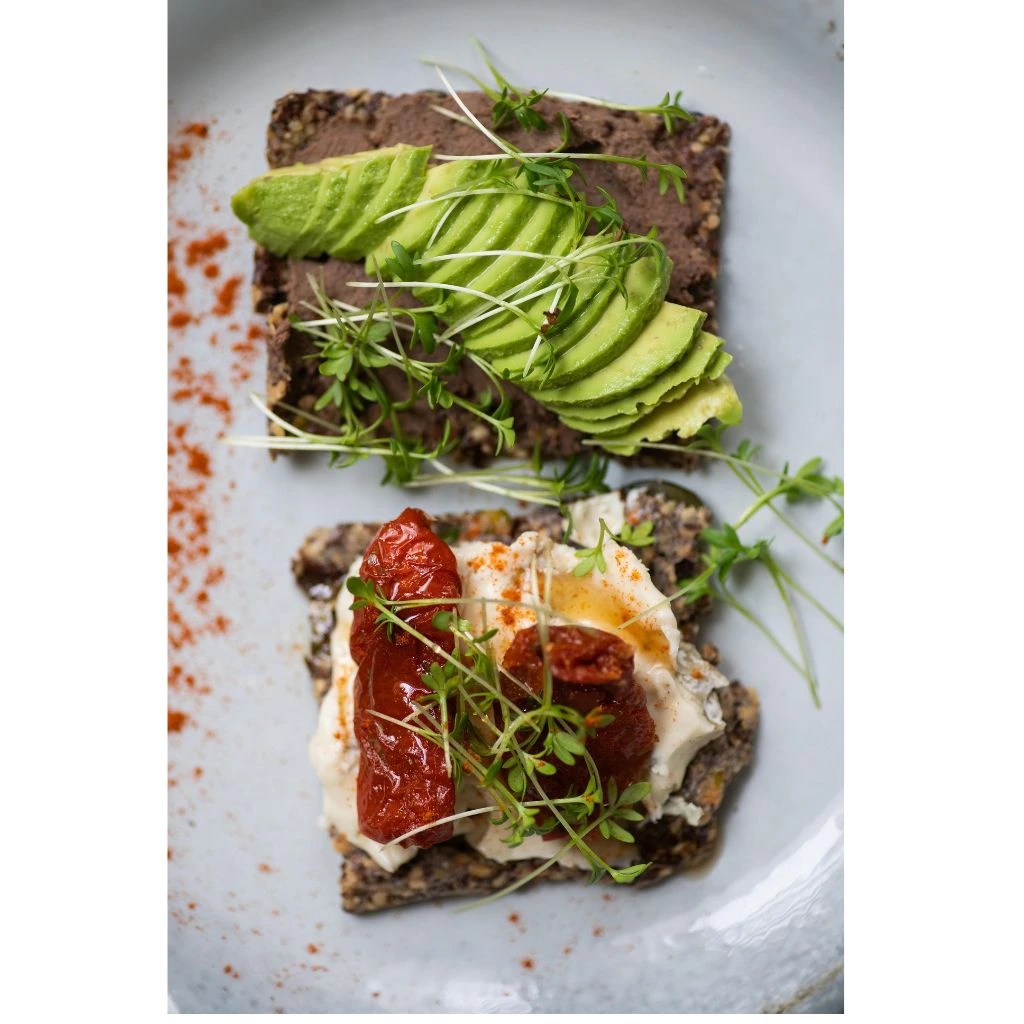Plant-Based vs. Keto: What Works in South Africa

- Why this matters in South Africa
- Diets in brief
- What the science says
- Practical considerations in South Africa
- Who might do best with keto?
- Who might do best with plant-based?
- How to make either approach safe
- Quick sample day (plant-forward)
- Final thought
- Resources & links
Why this matters in South Africa
I’ve been writing and cooking around plant-based food for years, and lately, friends ask me the same question: “Which is better — plant-based or keto?”
There’s no one-size-fits-all answer, but living and eating in South Africa give this question local twists worth considering.
South Africa faces a rising burden of overweight, obesity and diet-related illness across income groups.
That background matters: if your goal is to reduce diabetes and heart disease risk, your overall dietary pattern (and food quality) matters more than a trendy label.
Diets in brief
Whole-food plant-based (WFPB) emphasises vegetables, fruit, whole grains, legumes, nuts and seeds while minimising refined and processed foods.
Ketogenic (keto) dramatically lowers carbohydrates and replaces them with high fat (and moderate protein), pushing the body into ketosis.
Both can produce weight loss and metabolic improvements — but they work differently and have practical consequences for cost, culture and long-term health in South Africa.
What the science says
Short-term trials often show faster weight loss on very low-carb or ketogenic diets and sound appetite suppression.
However, long-term benefits are less specific, and keto can raise LDL cholesterol for some people and create nutrient gaps without careful planning.
By contrast, high-quality plant-based patterns — when they emphasise whole foods rather than processed vegan junk — are reliably associated with lower heart disease risk, improved blood glucose control and lower mortality in many studies.
Quality matters: “pl”nt-based” i”n’t automatically healthy if it’s stly fries and sugary drinks.
Practical considerations in South Africa
Cost & access
South Africa is a country of contrasts. Urban centres often have farmers’ markets and good produce, while in other areas, cheap refined carbs and ultra-processed foods dominate.
A plant-based approach can be very budget-friendly — think beans, samp, maise meal and seasonal veg. Keto often relies on higher amounts of meat, dairy, and fats, which may increase costs and reduce feasibility for many households.
Culture & cooking
Our culinary traditions — braai, pap and chakalaka, stews, and fresh fruit — lend themselves well to a plant-forward approach that’s easy to adapt and social to share.
Strict keto can feel restrictive in social settings (no pap, limited fruit), which makes long-term adherence harder for many people.
Sustainability
Suppose you care about the environment and water use. In that case, plant-forward eating generally has a lower carbon and water footprint than a meat-heavy keto plan — a helpful co-benefit where water scarcity matters.
Who might do best with keto?
Keto can be helpful in the short term for rapid weight loss or specific medical cases (for example, epilepsy).
People with severe insulin resistance sometimes see quick improvements in blood glucose. If you try keto, do so under clinical supervision — especially if you have high cholesterol, kidney issues, or take medication for diabetes or blood pressure.
Who might do best with a plant-based approach?
If your priorities are long-term heart health, lowering diabetes risk, affordability and cultural fit, a whole-food plant-based pattern is a great default. You can be fully vegan or simply “plant-forward” (” flexitarian approach).
The critical part is emphasising whole foods (legumes, whole grains, vegetables) and limiting processed foods.
How to make either approach safe and effective
- Focus on quality, not just labels — whole, minimally processed foods beat packaged diet products.
- Get baseline blood tests: lipids, HbA1c, kidney function — especially before or during keto.
- Plant-based: prioritise legumes, whole grains, nuts, seeds and dark leafy greens; plan for B12 and vitamin D if fully vegan.
- Keto: include leafy greens, monitor electrolytes, and check LDL cholesterol often; use medical supervision.
- Make meals that fit your life and budget — a pot of stewed lentils, roasted seasonal veg and pap often outperforms expensive imported diet snacks.
Practical tip: A plant-forward approach can be gradually adopted: start by adding one more legume-based meal per week, then two, and swap refined starches for whole grains and veg.
Quick sample day (plant-forward, budget-friendly)
Breakfast: Maise porridge (pap) enriched with mashed banana and a spoon of peanut butter.
Lunch: Lentil and vegetable stew with samp or brown rice.
Snack: Seasonal fruit or toasted pumpkin seeds.
Dinner: Vegetable and chickpea curry with wholewheat roti or pap.
Final thought
There’s no single best diet for everyone.
Given South Africa’s public health challenges and cultural foodways, a whole-food, plant-based approach is the most practical, affordable, and evidence-backed option for most people to adopt. If you’re considering a strict low-carb or ketogenic path, do it with testing and clinical oversight, keep food quality high, and re-evaluate regularly.
Resources & links
Further reading and sources I recommend:
- South African Food-Based Dietary Guidelines (FAO summary / South Africa)
- Full PDF: Food-Based Dietary Guidelines for South Africa
- HSRC: Almost 50% of adult South Africans are overweight or obese
- WHO: Obesity and Overweight (global)
- Umbrella review: Effects of the Ketogenic Diet on Health Outcomes
- Systematic review: Plant-based diets and cardiovascular outcomes
